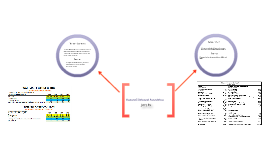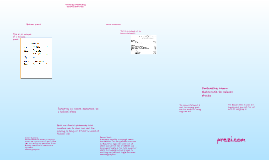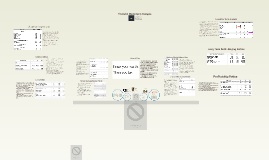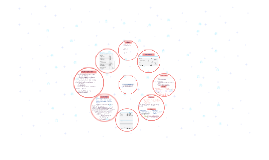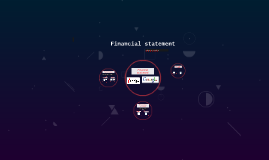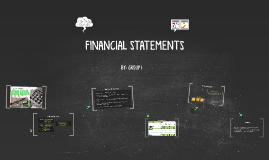Financial Statement Presentation
Transcript: As of September 2013, cash equivalents were $4644 which is $1116 more than September 2012 What was the change in dollars in the companies net income from it's most recent reporting period to the previous reporting period? Net income in September 2013 ~ $617 million compared to $609 million from September 2012 Why? continued IT spending and or healthcare related expenses" Net sales for the 53-week fiscal year were up 111⁄2 percent, to $97 billion, from the prior 52-week fiscal year sales of $87 billion; and adjusting for the extra week, up 91⁄2 percent. Comparable sales in warehouses open more than one year increased seven percent. By: Anhthy Tran, Amanda Tofaeono, Savannah Hernandez, Lisa Delgado, Liliya Vinnichuk. Amount of accounts payable the company had at the end of it's most recent reporting period Accounts Payable: September 2012: 7,303 million September 2013: 7,872 million What might have caused the change? In 2012 there was less expenses then by September of 2013. Cost Expenses: 2012: 28,210 million 2013: 28,418 million Administrative Expense : 2012: 3,044 million 2013: 3,098 million Costco's stock trade as of now is at $125.70 a share. Even though Costco had a very slow year this year, their business is always growing as well as their stock. I would say buy on the company stock because most of their profit comes from their memberships which has increased by the millions in just the past 5 years! What were the companies net revenues from the last three reporting periods? Most recent- Sep 2 2013 ~ 30,283,000 billion Previous- Sep 1 2012 ~ 27,140,000 billion Reasons for increase Rasied membership prices boosted income by 8% Seven new warehouses opening 19% increase in memberships Accounts Payable: September 2012: 7,303 million September 2013: 7,872 million What might have caused the change? In 2012 there was less expenses then by September of 2013. Cost Expenses: 2012: 28,210 million 2013: 28,418 million Administrative Expense : 2012: 3,044 million 2013: 3,098 million Financial Statement Presentation Amount of accounts payable the company had at the previous reporting period Previous Reporting Period. Total assets at the end of the most recent and previous reporting period. Previous- Sep 1 2012 ~ 27,140,000 billion Amount of cash and cash equivalents that the company had at the end of the most recent reporting period What was the companies stock trading for on the day prior to your presentation?







